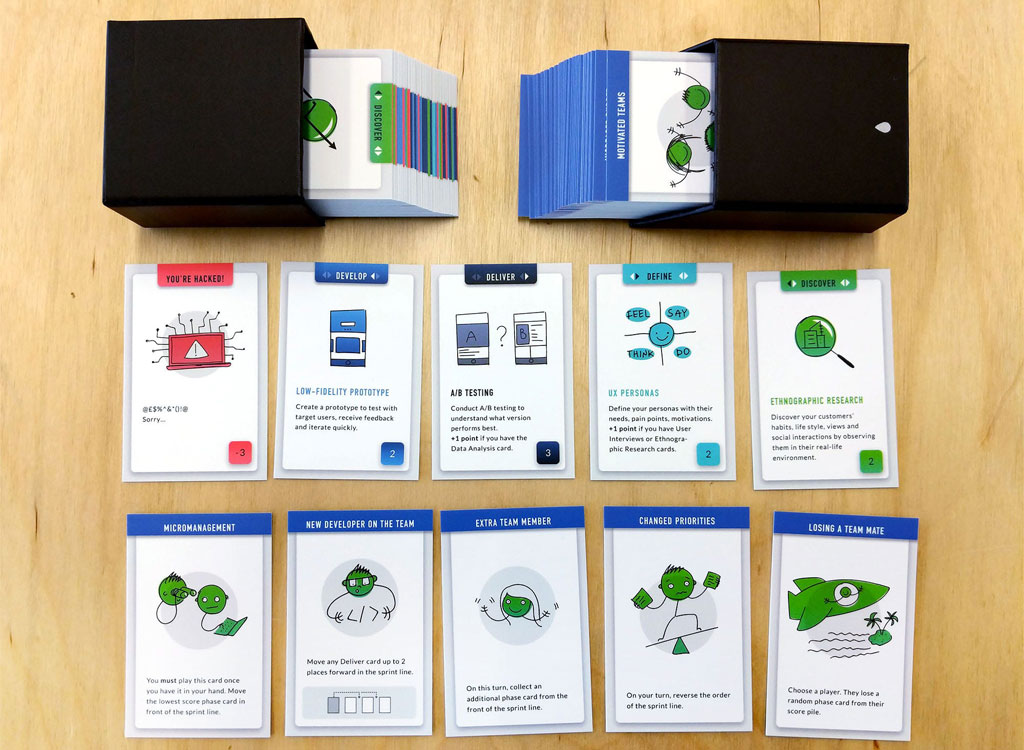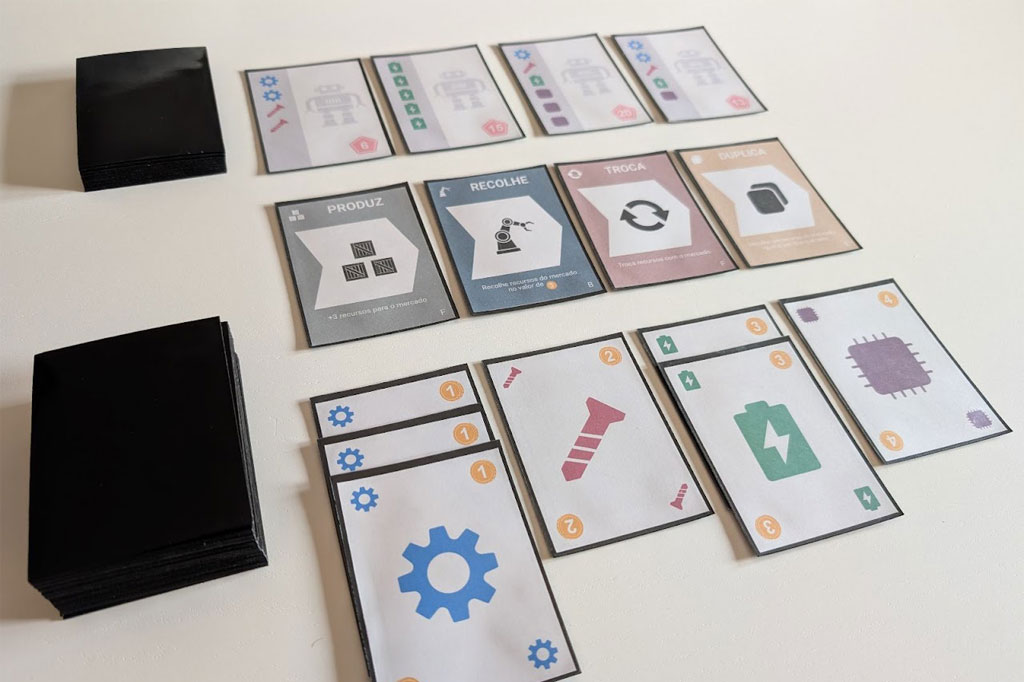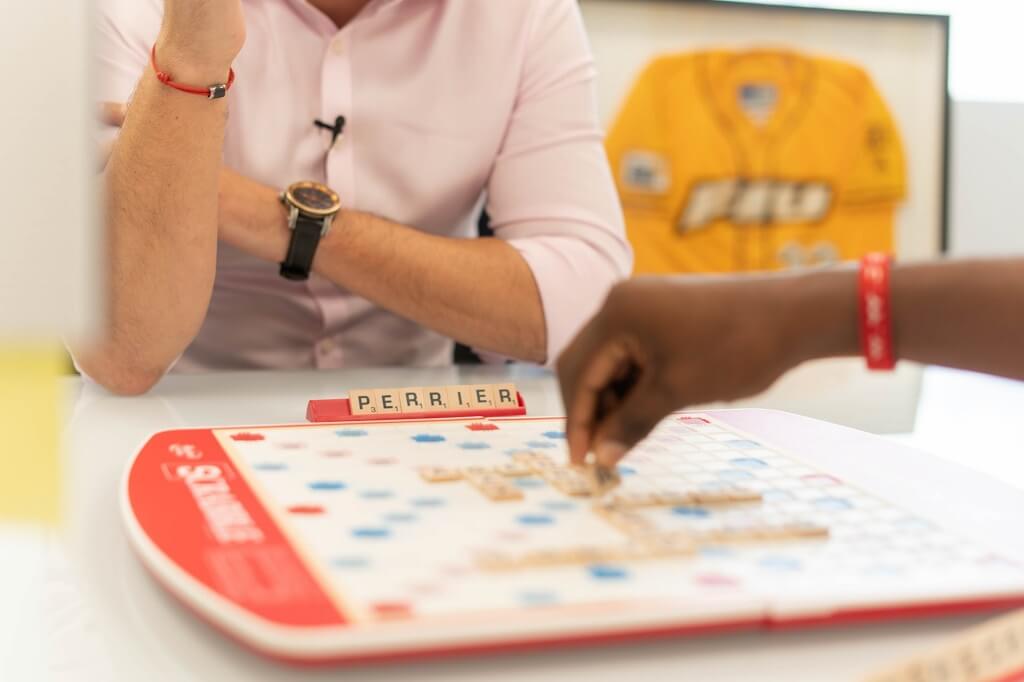Designing a custom card game is a creative process that combines storytelling, mechanics, aesthetics, and functionality. Certain key elements are essential to ensure your card game is engaging, balanced, and memorable.
Below are the fundamental components every custom card game should consider.
Table of Contents
1. Core Concept and Theme
A compelling card game always starts with a clear and engaging concept. The concept and theme set the foundation for the game’s identity and influence every design choice.
Your theme could range from fantasy battles, educational trivia, strategy-driven economies, or simple party fun. A cohesive theme not only attracts players but also makes the gameplay immersive.
Additionally, the theme should also guide the game’s mechanics. For example, a space exploration theme might involve resource management and risk-reward mechanics, while a detective mystery game could emphasize deduction and hand management.
Tips:
- Ensure the theme matches your target audience.
- Keep it unique to stand out among countless other games.
- Tie the artwork, mechanics, and story back to this theme.
2. Game Mechanics
Game mechanics determine how players engage with the cards and with one another. The rules for drawing, playing, trading, or discarding cards form the backbone of the game.
The ideal balance lies in simplicity and depth – easy to start, yet challenging to master.
Popular mechanics include:
- Deck-building (e.g., players build their own decks during play)
- Set collection (gathering specific groups of cards)
- Trick-taking (winning rounds with card comparisons)
- Resource management (cards act as currency or tools)
3. Card Design and Layout
The physical design of the cards is crucial. Players should be able to read, recognize, and use cards quickly without confusion. A clean layout with intuitive symbols and clear text improves the user experience.
Key design considerations:
- Card size (standard, tarot, mini, or custom shapes)
- Fonts that are both legible and thematically consistent
- Color schemes that distinguish card types
- Icons and graphics for quick recognition
4. Card Types

The essence of every card game is found within its cards. Cards act as the primary medium through which players interact with the game, execute strategies, and achieve objectives.
A well-designed custom card game typically features a variety of card types, each with distinct functions. Common categories include:
- Action Cards: Allow players to perform specific actions, such as attacking, defending, or drawing additional cards.
- Resource Cards: Represent items, currency, or energy needed to execute actions or build strategies.
- Character or Unit Cards: Introduce entities that can influence gameplay, such as heroes, creatures, or workers.
- Event Cards: Trigger unique effects or game-changing events, adding unpredictability and excitement.
5. Balance and Playability
No one enjoys a card game that feels unfair or heavily favors one player. Balancing ensures that no card, ability, or strategy dominates gameplay.
Playability also means ensuring games don’t drag on too long or end too abruptly.
Ways to achieve balance:
- Playtest with diverse groups.
- Adjust rules and card abilities iteratively.
- Limit overpowered combinations that break the flow.
6. Artwork and Visual Appeal
A custom card game’s physical design can greatly influence its success. The artwork not only makes the game attractive but also reinforces the theme.
Consider the following options for your artwork:
- High-quality illustrations, consistent iconography, and clear typography improve usability and aesthetic appeal.
- Cards should be easy to read and handle, with color schemes and symbols that distinguish different card types or actions.
- Durable card stock and finishes enhance longevity, making the game feel premium and professional.
- In addition, packaging design, such as boxes, inserts, and sleeves, plays a crucial role in the overall player experience.
Thoughtful material design reflects the designer’s attention to detail and can make the game more attractive to collectors and enthusiasts.
7. Game Components and Accessories
While cards are central, supporting elements like tokens, dice, playmats, or rulebooks often enhance gameplay. The right components make the game smoother, more tactile, and engaging.
Examples:
- Tokens for tracking points or resources
- Player boards for organizing cards
- Special markers to indicate turns or abilities
8. Rules and Instructions
Rules form the backbone of any card game. They outline how the game starts, progresses, and ends, and establish fair play conditions.
A custom card game should have rules that are:
- Clear: Players should understand them without constant reference to the rulebook.
- Balanced: Mechanics should ensure no single strategy dominates the game.
- Flexible: Allow room for house rules or expansions that enhance replayability.
Testing and refining rules is crucial. Iterative refinement ensures the game is engaging and fair for a broad range of players.
Tips for rulebook writing:
- Include diagrams and examples of play.
- Offer quick-start guides for first-time players.
- Keep language simple and avoid ambiguity.
9. Replayability and Engagement
Replayability is a critical factor for long-term player engagement. When a game always plays the same, it soon feels dull.
Designers can enhance replayability through:
- Variable setups (randomized decks, modular boards, or different starting conditions)
- Multiple strategies or paths to victory
- Expansions that introduce new cards or mechanics
- Randomized events or card draws that keep each session unique
Replayability ensures that players remain interested, explore new strategies, and recommend the game to others.
10. Target Audience and Purpose
Custom card games serve different audiences—families, students, hobby gamers, or corporate teams. Understanding the target audience shapes complexity, design, and theme.
Examples:
- Educational games should prioritize clarity and knowledge retention.
- Party games thrive on humor, simplicity, and speed.
- Strategy games should offer depth, balance, and long-term appeal.
11. Playtesting and Feedback
No custom card game is complete without extensive playtesting.
Playtesting enables designers to see firsthand how players engage with the game’s mechanics, follow its rules, and interact with one another. Gathering feedback identifies balance issues, confusing rules, or cards that are too weak or overpowered. Iterating based on player experiences ensures that the final game is polished, enjoyable, and fair.
Playtesting should include a diverse range of players – newcomers and experienced gamers alike, to ensure accessibility, engagement, and appeal across different audiences.




